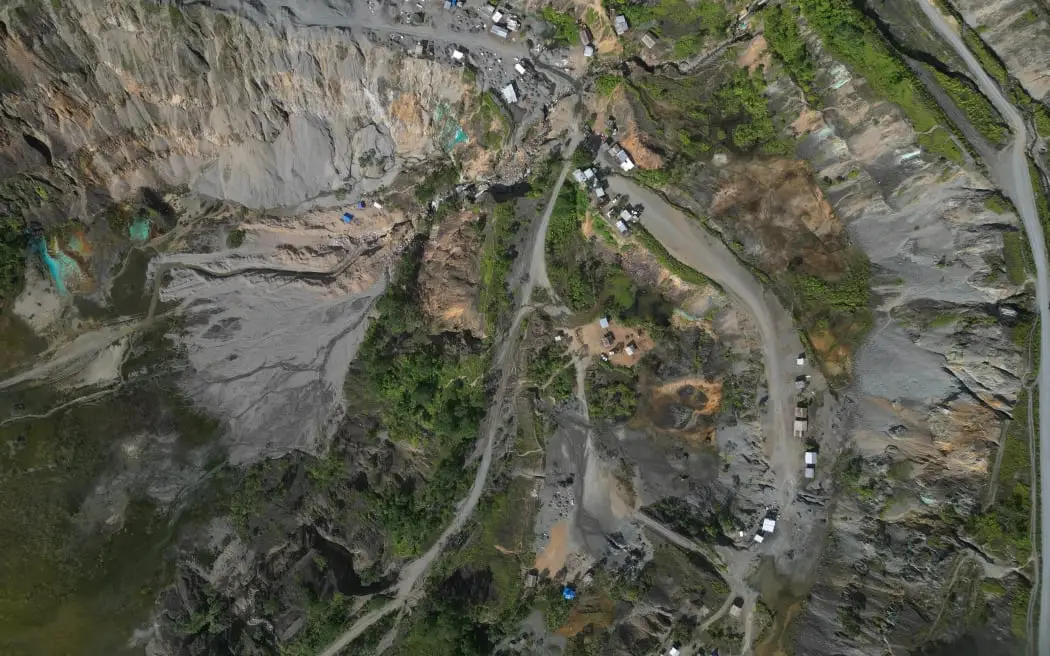The Devastating Legacy of the Panguna Gold Mine in Papua New Guinea
The troubled history of the Panguna gold mine in Papua New Guinea’s autonomous region of Bougainville has finally been assessed, revealing a grim picture of environmental devastation and human rights abuses. The mine, which operated from 1972 to 1989, released nearly a billion tonnes of toxic waste into the Jaba-Kawerong river, causing widespread harm to local communities.
Background
The Panguna mine was one of the world’s largest copper and gold mines, but its operations were marked by controversy and conflict. The environmental devastation that ensued, coupled with inequities in profit distribution, led to an uprising by local people, forcing the mine to shut down and triggering a decade-long civil war.
A New Assessment
In 2021, Rio Tinto agreed to fund a major impact assessment of the mine’s legacy, following a human rights complaint filed by local community members represented by the Human Rights Law Centre. The two-year investigation, undertaken by environmental firm Tetra Tech Coffey, has now been released, revealing life-threatening social, environmental, and human rights impacts from the mine.
Findings
The report identified serious impacts in all mine-affected domains, including:
* Imminent, life-threatening risks posed by collapsing mine pits, levees, and infrastructure
* Ongoing contamination of the Jaba-Kawerong river and movement of mine waste into new areas
* Mine-related flooding affecting people’s food gardens and sacred places
* Life-threatening risks to children trying to cross rivers filled with mine waste
Community Demands
The communities affected by the mine are now demanding action from Rio Tinto. They call for:
* A clear timetable for remediation, prioritizing areas of acute need and serious public safety risks
* A substantial, independently managed fund to help address the harms caused by the mine and assist long-term rehabilitation efforts
* Formal reconciliation as per Bougainvillean custom
* Direct involvement of community representatives in discussions about next steps
A Call to Action
The Panguna mine’s legacy assessment has given communities a voice and provided data-driven solutions. However, Rio Tinto must take responsibility for its actions and fund the long-term solutions needed to restore affected communities to safety.
“We never chose this mine, but we live with its consequences every day,” said Theonila Roka Matbob, lead complainant and member of parliament for the Ioro constituency where the mine is located. “The Legacy Impact Assessment has given us data and laid a foundation for solutions. What the communities are demanding to know now is what the next step is.”
Conclusion
The Panguna gold mine’s legacy assessment is a critical moment for Rio Tinto’s social license to operate. The company must take swift action to address the life-threatening risks faced by affected communities, including providing a clear plan for remediation and supporting long-term rehabilitation efforts. By taking responsibility for its actions, Rio Tinto can begin to make amends for the devastating legacy of the Panguna mine.

0 Comments